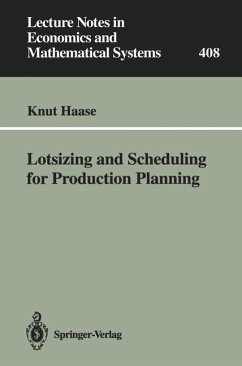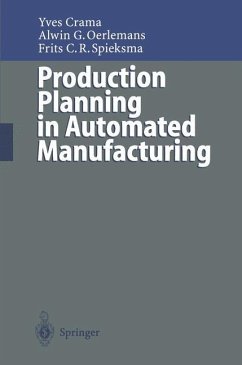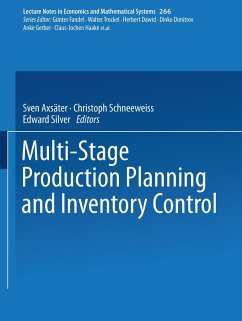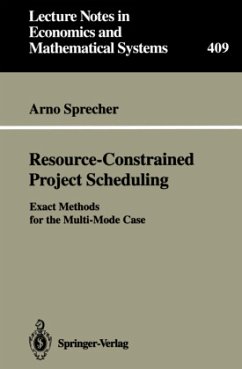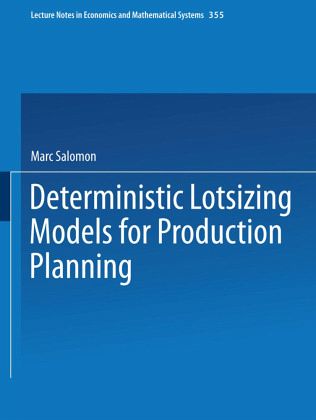
Deterministic Lotsizing Models for Production Planning

PAYBACK Punkte
20 °P sammeln!
The deterministic lotsizing problems considered in this book deal with determining minimal cost production schedules and inventory replenishment strategies, such that (known) market demand is fulfilled satisfactorily, while capacity restrictions on production resources are not violated. The author gives researchers and interested practitioners a review and comparison of mathematical model formulations and solution procedures for the deterministic lotsizing problem. The relevance of lotsizing procedures within modern production planning systems, such as MRP, JIT and OPT, is discussed. A novel class of model formulations is introduced in which lotsizing and production sequencing aspects are considered simultaneously. Several variants of practical relevance are analysed, including the case of parallel machine production lines, sequence dependent setup costs, and nontrivial machine setup times. A literature review is given for multilevel lotsizing problems, and model formulations and solution procedures are discussed. New heuristic procedures are presented that rely on mathematical programming techniques and statistical search techniques such as simulated annealing and table search. The results of a computational com- parison between the various solution procedures on a large set of problems are discussed.
This thesis deals with timing and sizing decisions for production lots, and more precisely, with mathematical models to support optimal tim ing and sizing decisions. These models are called lotsizing models. They are characterized by the fact that production lots are determined based on a trade-offbetween production costs and customer service. Production costs can be categorized as basic production costs, which consist of material costs, labour costs, machine startup costs and over head costs, and inventory related costs, which include costs of capital tied up in inventory, insurances and taxes. Customer service is the capability of the firm to deliver to their clients the products in the quantity they ordered at the agreed upon time and place. The costs of realizing a certain service level are usuaIly very dif ficult to convert into money. They include costs of expediting, loss of customer goodwill, and loss of sales revenues resulting from the short age situation.







